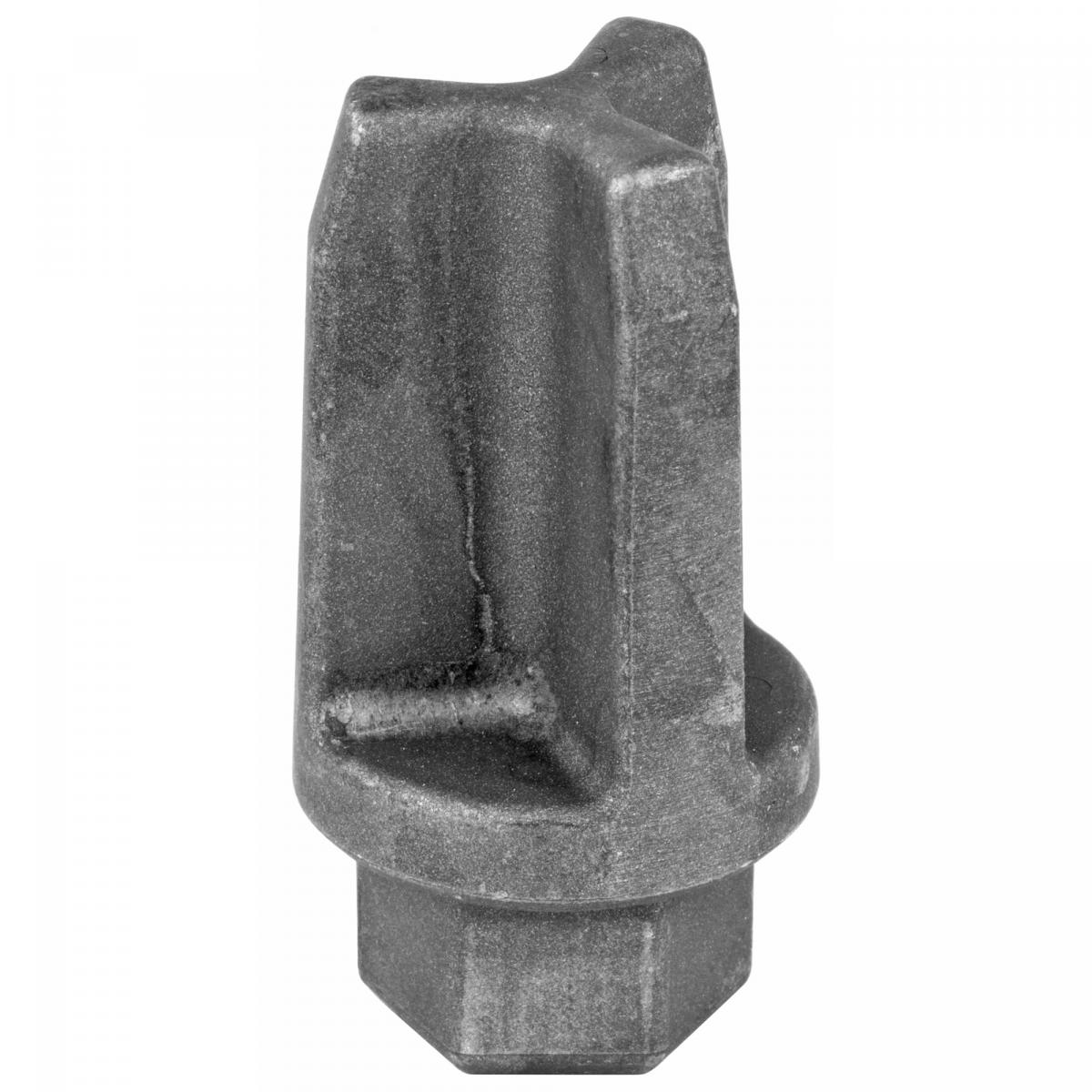
- Flash Hider Installation Tool
- Flash Hider Install Tool
- Flash Hider Installation Tool
- Dead Air Flash Hider Install Tool
Let’s get a couple of things out of the way;
1. NEVER use a crush washer with a suppressor!!!(see #2)
2. A crush washer is technically NOT a washer, it is a cone shaped spring. (the added length and mass of a suppressor can compress one side of the spring under recoil/barrel flexing, causing a coaxial misalignment and in turn, baffle strikes. The low weight and shorter length of a brake precludes this.)
The SOCOM 3-Prong flash hider wrench attaches to a ½” drive ratchet or torque wrench to install or remove any SOCOM series 3-prong flash hider or 3-prong WARCOMP. Features: Constructed from 304 Stainless Steel for durability; Compatible with All SOCOM 5.56, 6.8 and 7.62 3-Prong Flash Hiders and WARCOMPS; Attaches to 1/2' drive ratchet. The BLACKOUT™ Flash Hider Installation Tool from Advanced Armament Corp. Enables armorers to quickly and easily install and remove a three-prong BLACKOUT™ flash hider or BRAKEOUT™. The tool uses a 3/8 drive.
3. A properly installed crush washer should NOT harm accuracy. We have yet to see any evidence of accuracy degradation in 100’s of groups and rifles tested.
Flash Hider Installation Tool
4. The threading of a muzzle requires a certain amount of tension for the muzzle to maintain structural integrity. The geometry of the threads not only pull against one another, but the also exert compressive force towards the bore.
5. The Engineering hierarchy of “timing” a brake from best to least is: Direct brake to barrel contact at the shoulder via gunsmithing or CWES style bushing system(no chance of coaxial misalignment). Precision Shims(least chance but adds extra mating surfaces). Crushwasher(Not the best from an engineering standpoint, but has proven reliability). Adapter(Risk of stacked tolerances, too many mating surfaces/angles). Jam-nut/Lock-nut(will actually force coaxial misalignment if torqued enough to prevent vibrating loose).
Now onto the how-to, and some of the why’s:
Flash Hider Install Tool
Start by making sure that the threads of the muzzle device and barrel are relatively clean, and free of dirt, carbon, etc.
Next, apply a dab of grease on the washer to reduce rotational friction while turning (it’s the spring tension that does the work of holding the brake in place and maintaining pressure).
Direction of crush washer is one of the most common questions, the correct answer is that the contact diameter of the washer needs to be the same or smaller that the surface it mates against, in some cases that’s cone forward, in others it’s cone towards shooter, and in others it doesn’t actually matter.
Flash Hider Installation Tool
Place the crush washer over the muzzle threads, then thread the muzzle device up against the crush washer, hand tight.
Using a wrench, socket, or other suitable tool, Turn the Brake 1/4turn/90degrees PLUS enough to clock it properly. (Proper crush washers are machined from spring steel and will compress, and at 1/4turn will reach and maintain a rotational torque of 20-28ft/lbs until completely flat. This is the torque value that will ensure the thread profile applies the correct range of compression to the muzzle threads).
Dead Air Flash Hider Install Tool
• Check with the Firearm
Manufacturer whether the
firearm is designed to be used
with a Muzzle Brake
• Never use SABOT or
SHOTSHELLS in conjunction
with a Muzzle Brake, or fireform
with “cream of wheat” with brake
installed
• Before shooting, check the
correct torque of the clamping
screws and the position of the
Muzzle Brake. With long shot
strings, carry out this check
periodically ( approx. every 50
shots)
• The propellant gases, including
particles of unburned powder,
dust and or moisture will be
accelerated – exhausted
sideways from the Muzzle Brake
Safety Distance min. 1yd
Wear Ear Protection
Wear Eye Protection